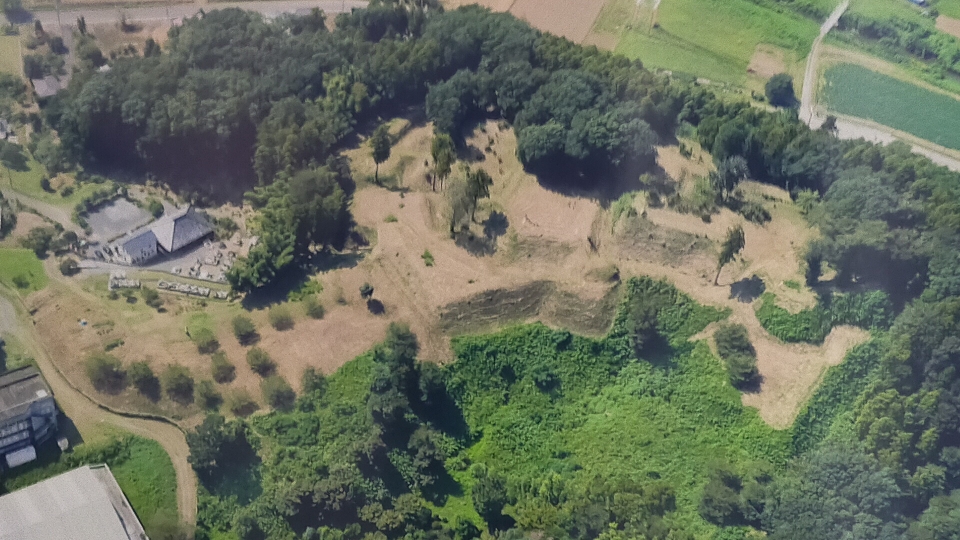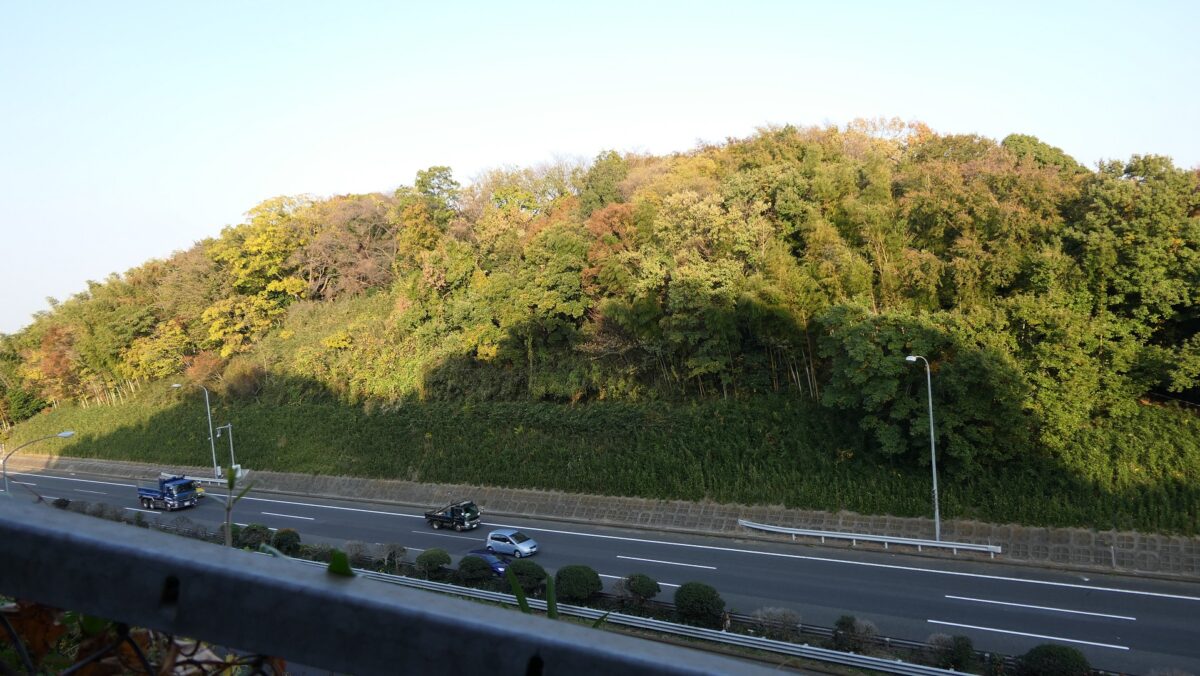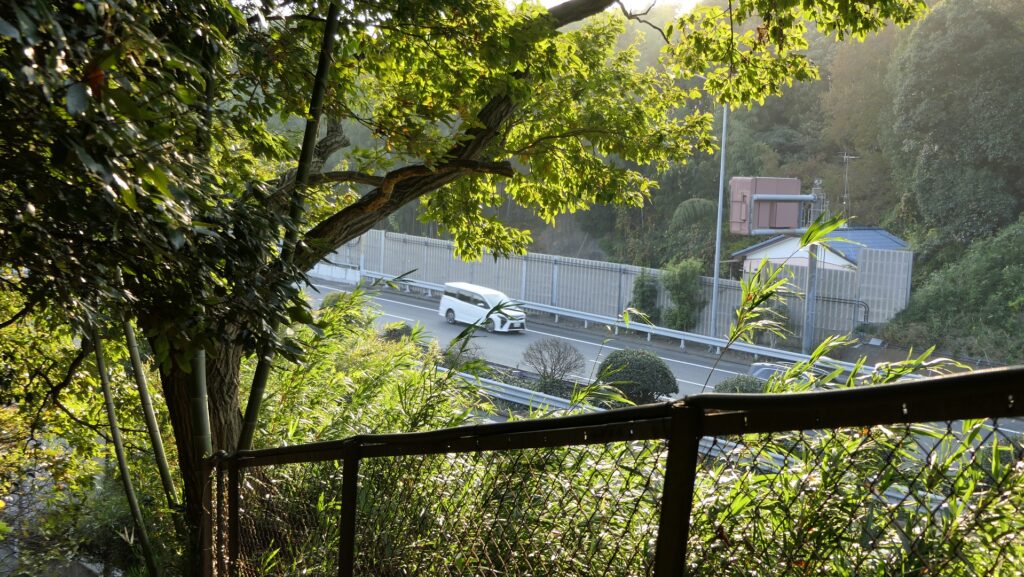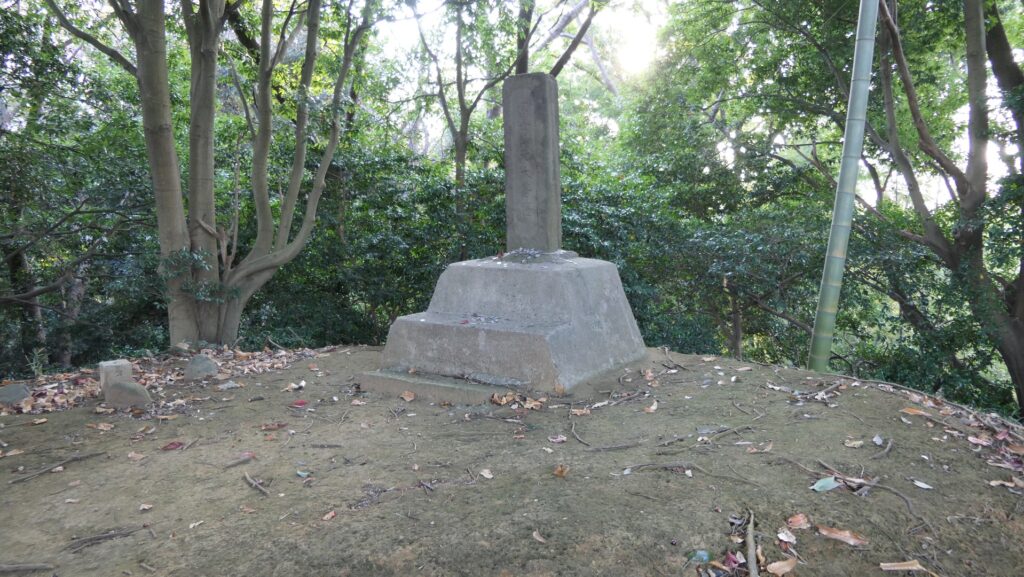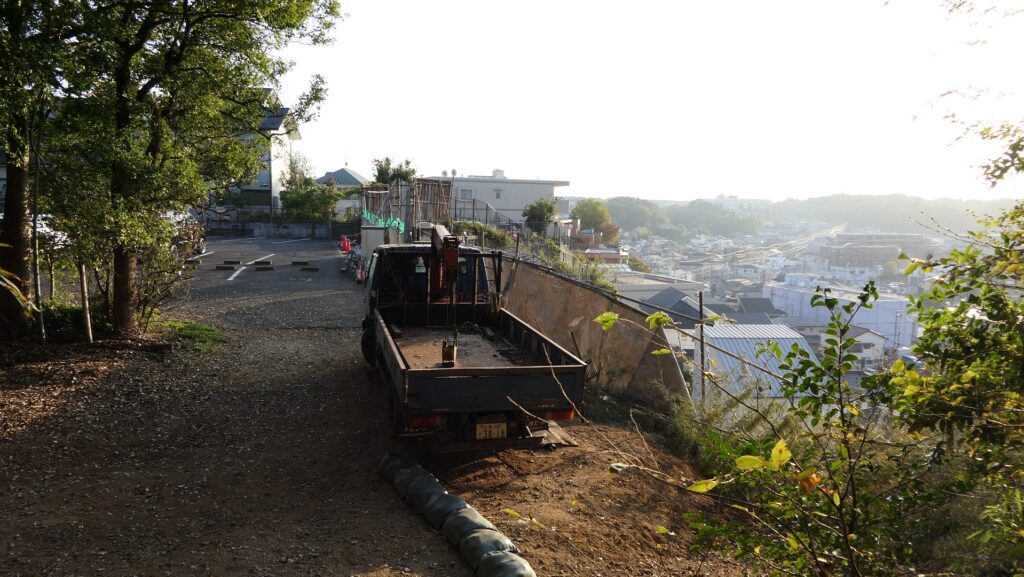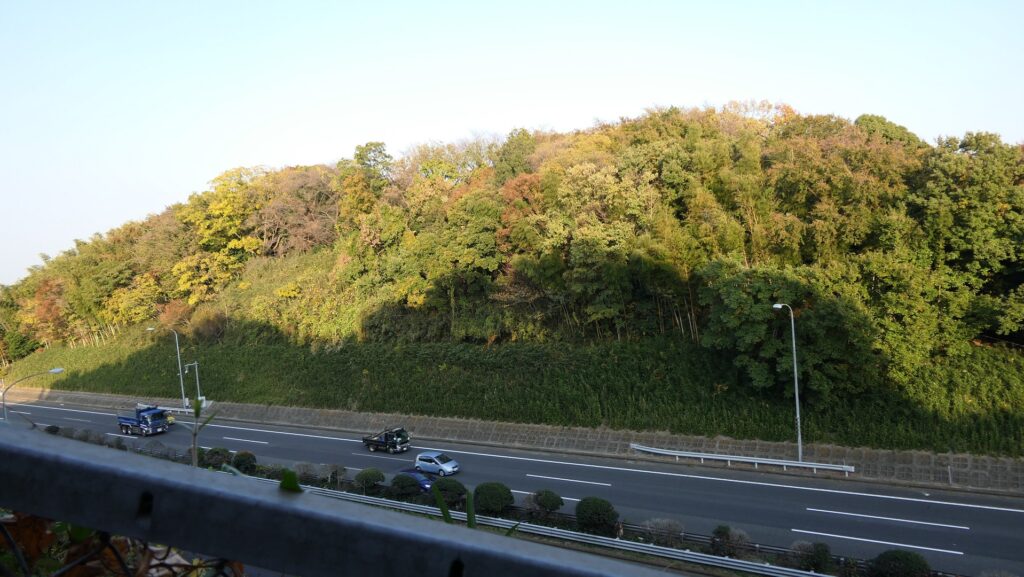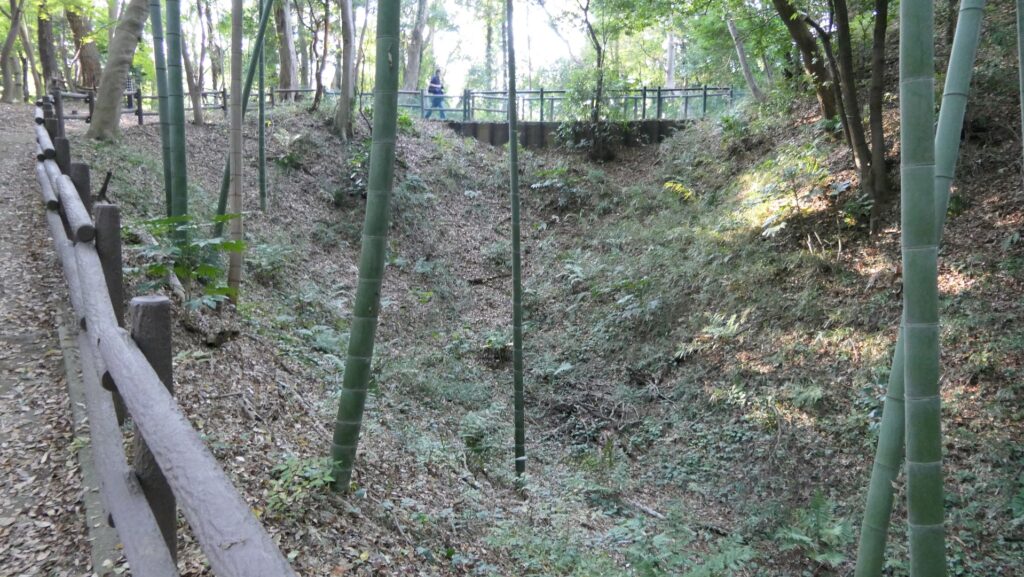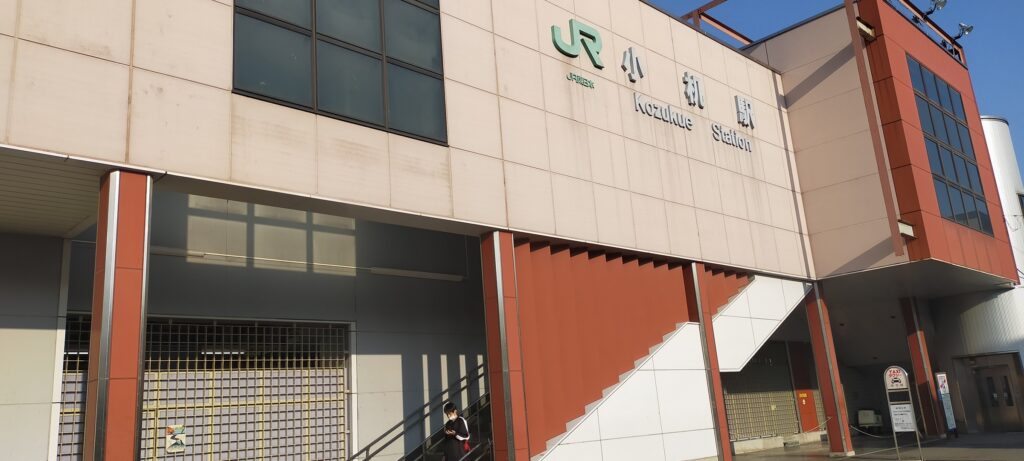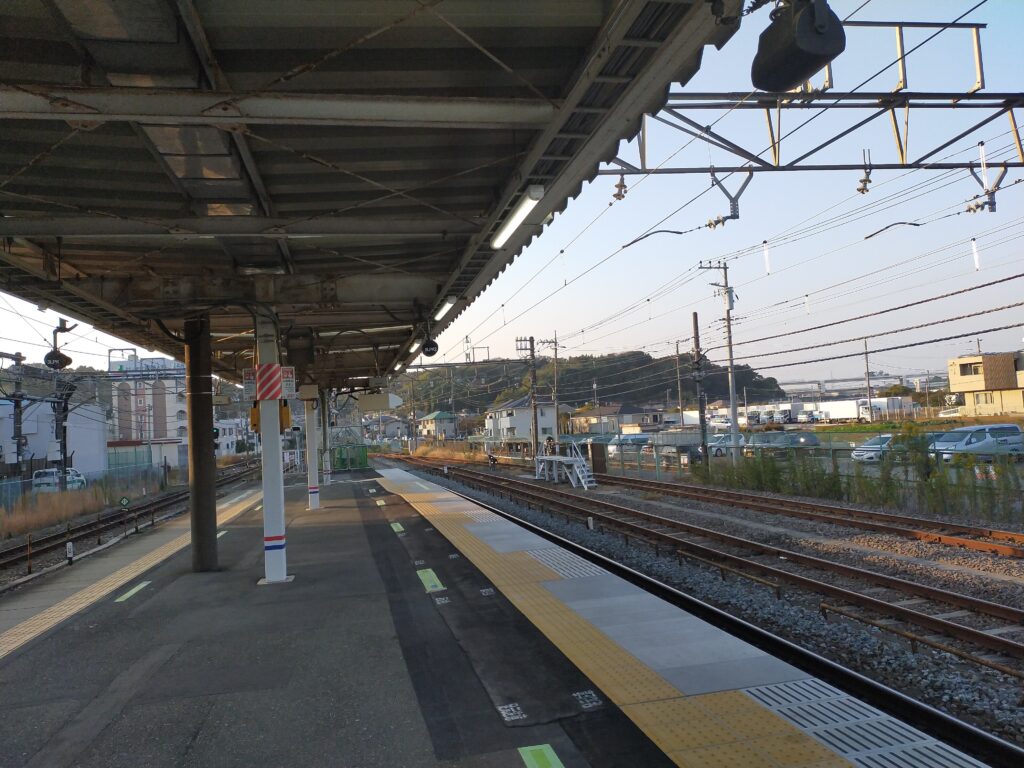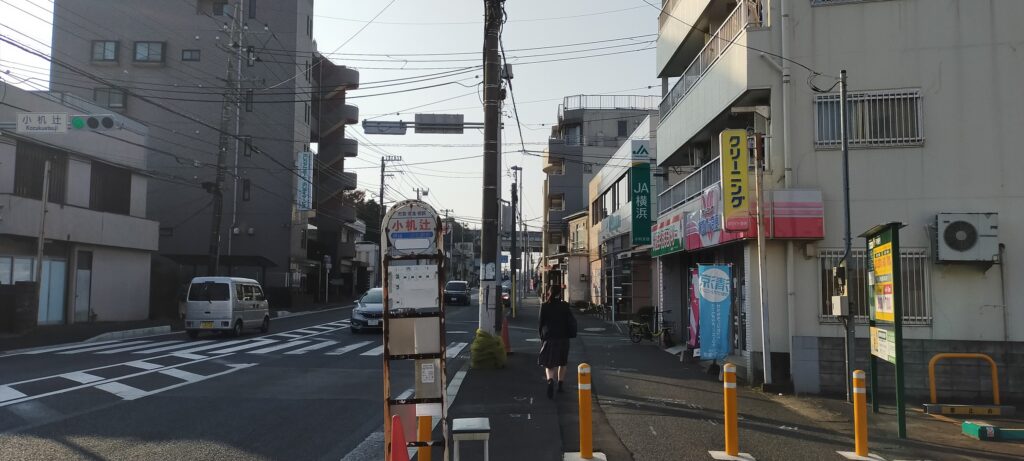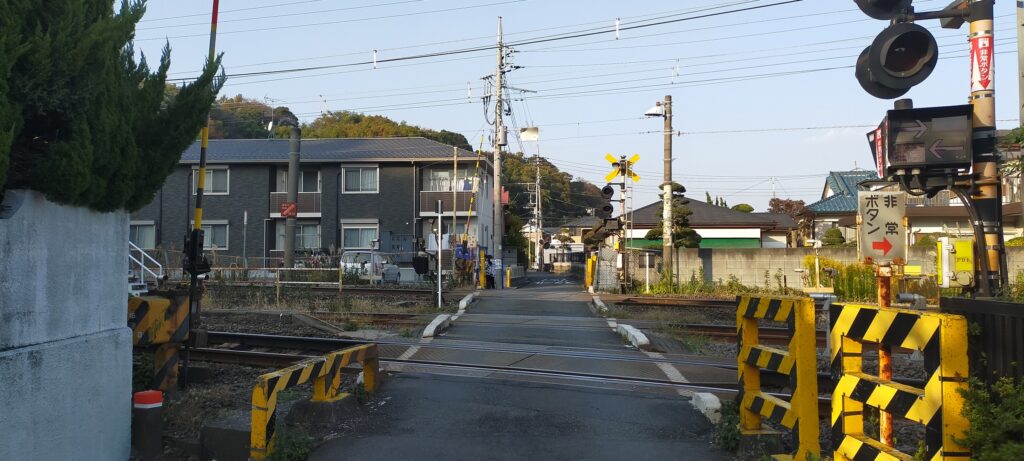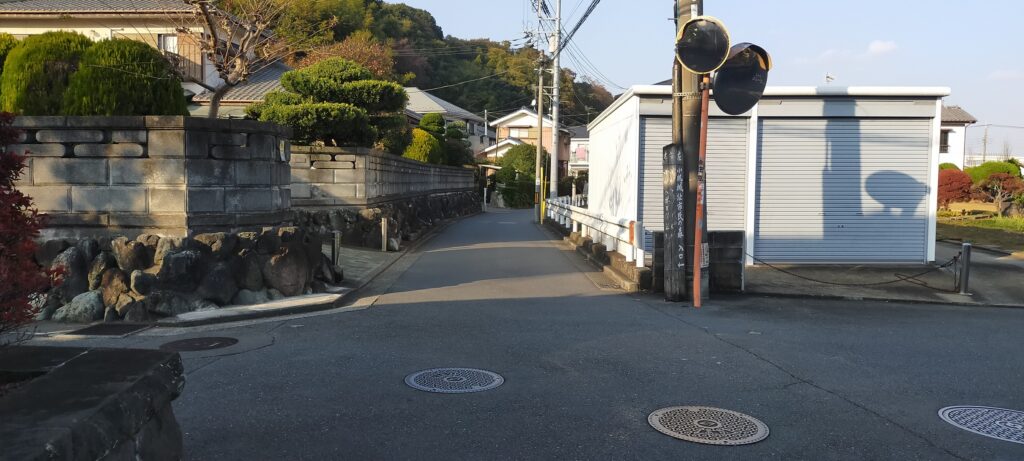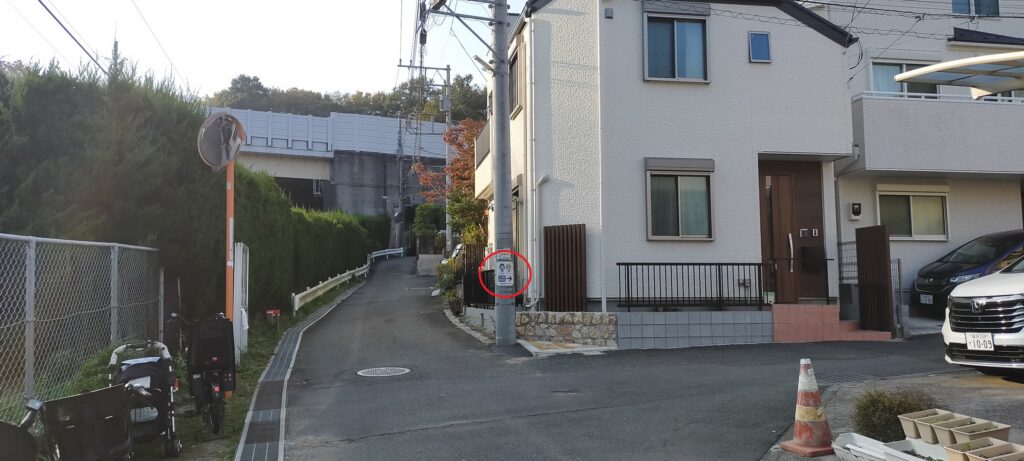Location and History
Simple but Popular Castle
Sugiyama Castle was located in Hiki District, what is now in the western part of Saitama Prefecture. The ruins of the castle recently became popular among history fans in Japan. The ruins are not so large and have no buildings and no stone walls. The ruins are all made of soil. In addition, it is also uncertain when and who built and used the castle. There are no clear records about the castle at all. So, what did the castle become famous for? The answer is that the castle had a surprisingly artful defense system for such a small local castle.
The location of the castle“Sugiyama Castle Problem”
Historians have tried for a long time to find out when and who built Sugiyama Castle. However, their conclusions became more complicated. When the excavation team researched the castle ruins, they thought the castle was built and used around early 16th Century based on the unearthed relics. The Uesugi Clan, which governed the Kanto Region, had internal conflicts in the area around the castle at that time. The team speculates the clan built the castle. On the other hand, the researchers who study the layout of castles argue that the complex defense systems like Sugiyama Castle should have appeared later, such as in the late 16th Century. They think the Hojo Clan, which governed the Kanto Region after the Uesugi Clan, must have built such an advanced defense system. People call this discussion “Sugiyama Castle Problem”. The problem might even make the castle more popular.

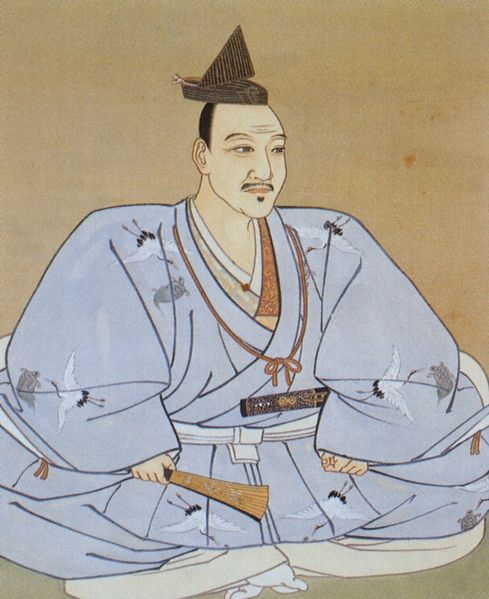
“Textbook for Building Castles”
Sugiyama Castle was built on a hill. The hill measured 42m high from the base. The castle had 10 enclosures, including one in the center of the castle. The enclosures spread into three directions in the south, north and east. These enclosures were built to protect the center of the castle called the Main Enclosure. The west of the castle was a steep cliff with a river flowing below, which was a natural hazard. All the enclosures were surrounded by earthen walls and dry moats and connected by earthen or wooden bridges. The most important feature of its defense system was that all the entrances of the enclosures were protected by the frank attacks or Yokoya. Protection was provided by the clever layout of the L-shaped earthen walls and the route to the enclosures. The design of the castle was highly sophisticated, so it is now often called “a textbook for building castles”.
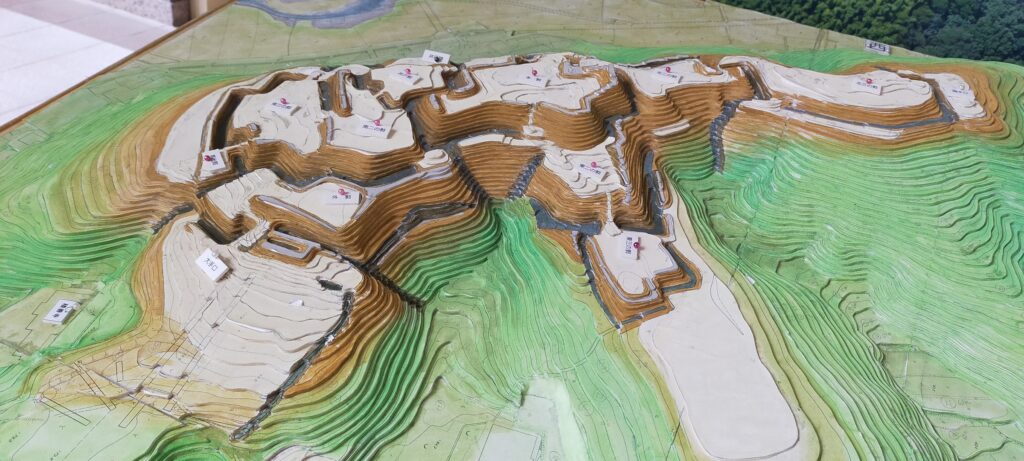
Castle may be Temporary
The excavation found that Sugiyama Castle didn’t have permanent buildings such as halls, turrets, and gates. It probably only had temporary buildings like huts and fences. It was also found that the castle was used for a short time because it was not modified before it was destroyed by fire. This means that the castle could have been built for a single purpose or battle. There were many other castles around Sugiyama Castle, which were also built probably for a single purpose. Many of these castles, such as Ogura Castle, had distinct features. Many battles happened around this area in the 16th Century during the Sengoku Period. It is thought that the warlords in this area built residential castles as well as single-use castles to survive. Even though Sugiyama Castle may have been one of the latter, it had a surprisingly technical defense system.
